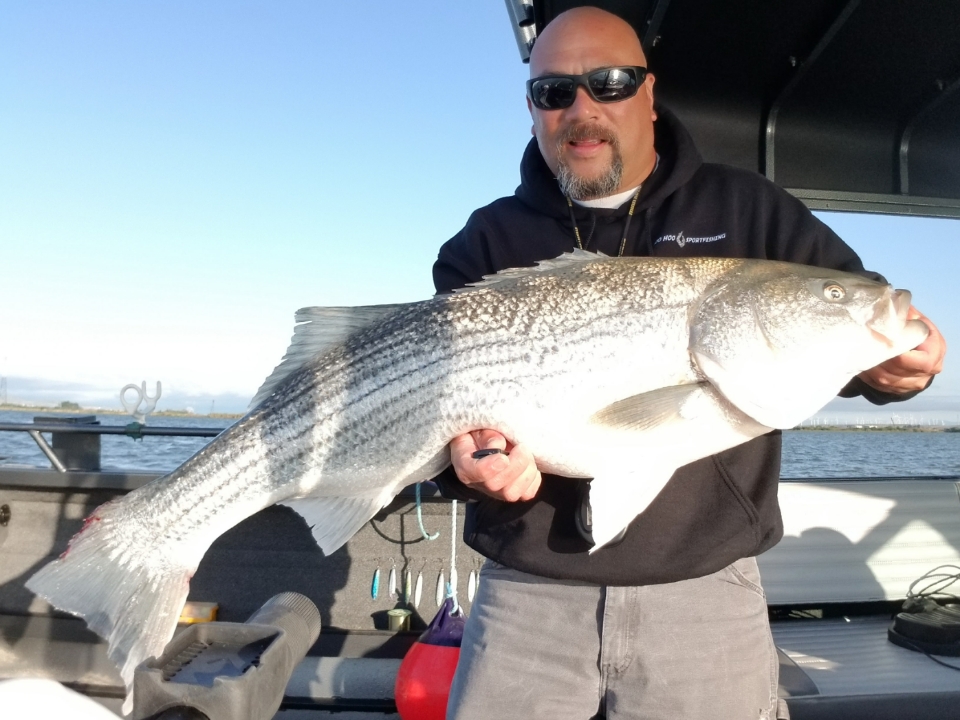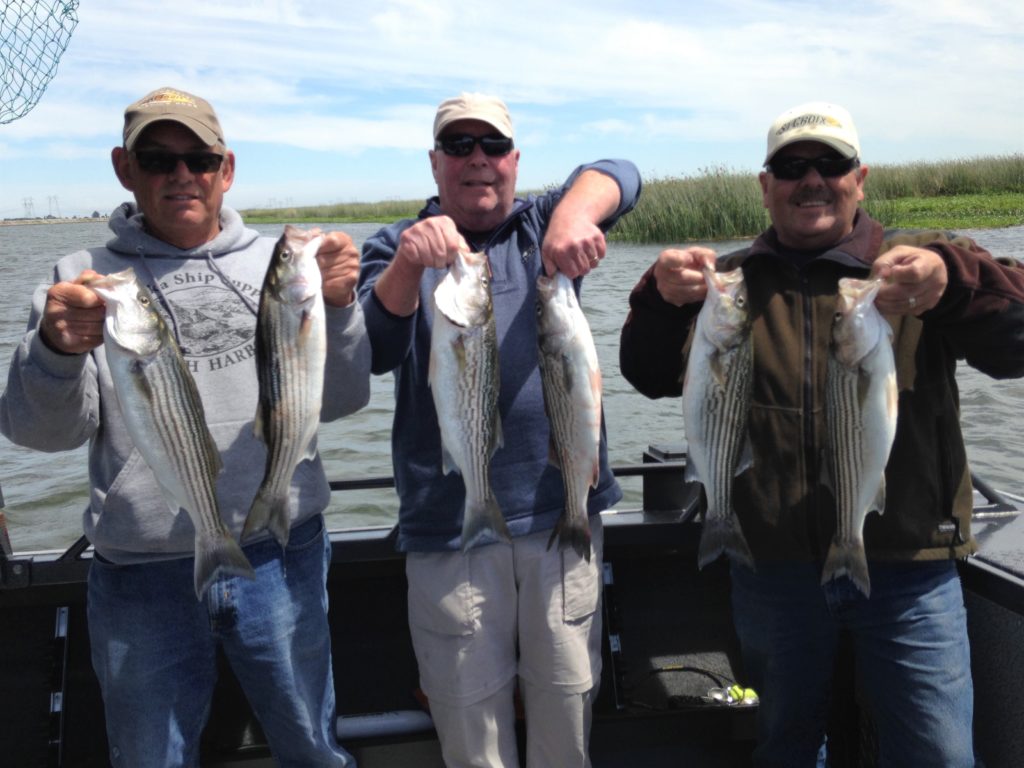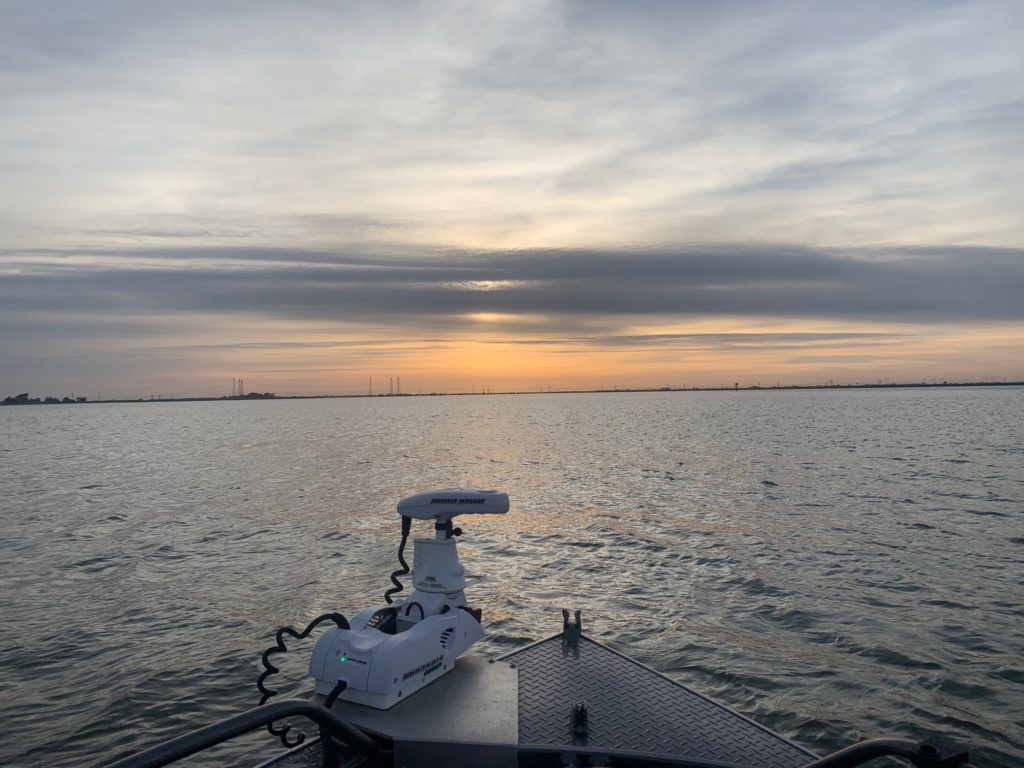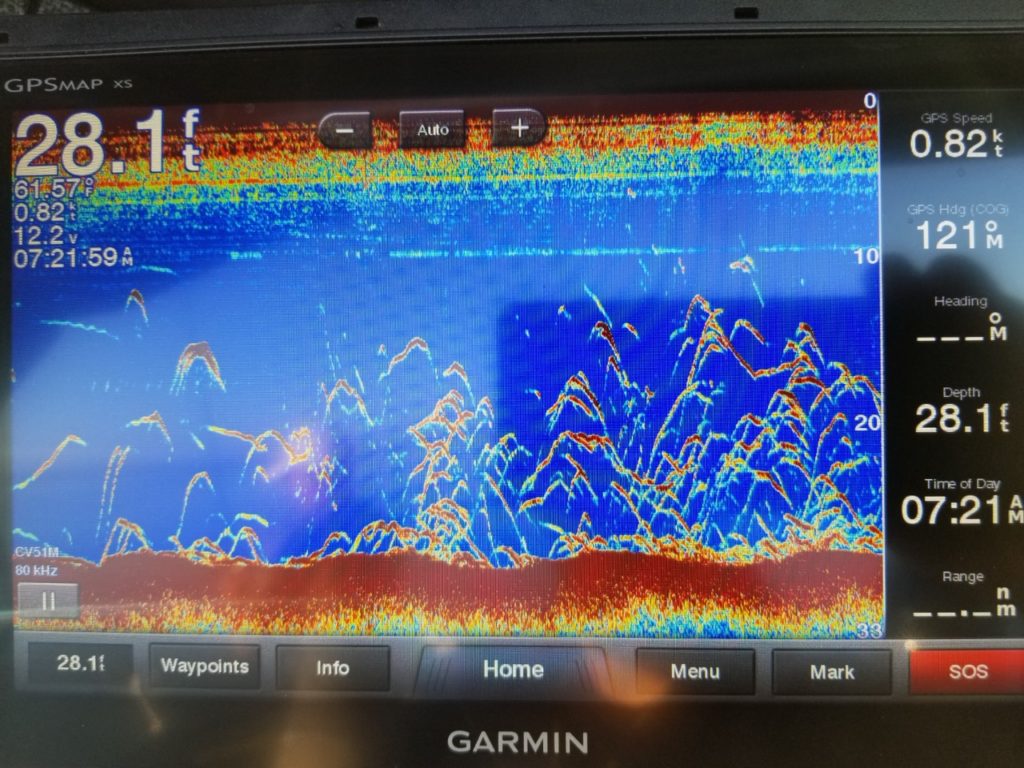He’s Earning His Stripes In The Delta

The following appears in the June issue of California Sportsman:
By Mark Fong
The striped bass is one of the most popular gamefish in California and striper fever is a very real phenomenon.
Once you’re bitten by the bug, there is simply no cure. And one man who knows this all to well is Capt. Jeff Soo Hoo.
“I have been chasing stripers pretty hard for the last 20 years,” Soo Hoo said. “I just got hooked on them and there is something about striped bass that appeals to me.”
Soo Hoo is the owner and operator of Soo Hoo Sportfishing. A dyed-in-the-wool fisherman since his youth, he is an extremely versatile and skilled freshwater and saltwater skipper. In addition, Soo Hoo is an excellent teacher.
Outside of peak striped bass season, he spends his time as a second captain with Fish Emeryville, one of the Bay Area’s leading saltwater sportfishing centers. Soo Hoo pilots the Tigerfish and the Pacific Pearl in search of salmon, rockfish, halibut and, of course, striped bass.

STRIPES ARE STARS
Stripers (Morone saxatilis) are prized by anglers for their hard fighting ability and their excellent table fare. Their history is long and rich.
Stripers are not native to California. Per the state Department of Fish and Wildlife, the first stocking occurred in 1879, when 132 small bass were brought across the country by rail from the Navesink River in New Jersey and released near Martinez.
A second stocking of about 300 fish occurred in lower Suisun Bay in 1882. Within 10 years a commercial fishery had taken hold and existed until 1935, when officials closed it in favor of growing the sport fishery.
Striped bass are an anadromous species that can be found along the California coast and throughout the San Francisco Bay/Delta system. During the springtime spawning migration, the California Delta is the epicenter for striped bass activity. Much of the spawning activity occurs within the waterways of the Delta. For those fish that spawn further up the major tributaries, they still must pass through the Delta on their way to their spawning grounds.
HOW HE DOES IT
Soo Hoo specializes in fishing light tackle for Delta stripers. His boat, a customized 23-foot Rogue Jet Boatworks Coastal, is configured to his exact specifications for fishability, comfort and safety. Twin 115 Mercury four-stroke motors make for quick travel to the fishing grounds. State-of-the-art Garmin fish finders help Soo Hoo locate productive locations.
From the high-quality tackle to the cleaning of your catch, a guided trip with Soo Hoo Sportfishing is truly a memorable experience.

EARNING OUR STRIPES
Over the past season I had the opportunity to fish with Soo Hoo on several occasions. My most memorable trip of the year came on a recent uncharacteristically windless spring day. I met up with the skipper at Laurtizen’s Yacht Harbor in Oakley (adjacent to Antioch in Contra Costa County). Once all the members of our party had arrived, we headed out to explore the vast waterways of the western Delta.
I love to fish with light tackle. Since stripers are strong fighters, they are a lot of fun and challenging to catch on this type of gear. Soo Hoo is well versed in a wide variety of fishing techniques, but he likes to use a combination of live bait drifting, with a mix of spoons and swimbaits.
When we arrived at our first spot of the day, Soo Hoo instructed us to start out by drifting live jumbo minnows. The fishing started out slow, but that was about to change.
“It’s all about the tide,” he explained. “When the tide gets right, the fish should start biting.”
True to his words, when the incoming tide slowed a bit, the bites began to come at a regular pace and the fish started coming over the rail. It was a steady surge with a mixture of shakers and quality keeper-sized fish. Our group was having a great time practicing catch-and-release fishing.

WIDE-OPEN FISHING
Our bite was about to shift into high gear. Sometimes the signs are obvious – diving birds, breaking fish, boiling baitfish. Other times, the clues are more difficult to interpret.
“Look at the way the fish are marking,” explained Capt. Jeff as he pointed to the graph. “Quick, drop a spoon on them.”
When stripers go on a wide-open bite, there is not much in freshwater fishing to compare and when the fish will bite a spoon there is not a more fun or more efficient way to catch them.
My spoon did not even reach the bottom before I felt a jarring strike. I leaned into the fish and it was game on. After several spirited runs, Soo Hoo lowered the net and scooped up a beautiful 7-pound striped bass. After quick picture and a moment to admire the fish, we released it back into the water.
Drift after drift, the same scenario replayed itself for the remainder of the tide. When the action slowed, our captain would relocate the school or search out a new group of fish.
At the end of the morning, our group had lost count of the number of fish we had caught and released. It was truly a memorable day on the water. Stripers are a great game fish, light-tackle fishing brings out the best in them and our skipper got us in on some great action.
If you would like to book a trip with Capt. Jeff Soo Hoo, he can be reached at (925) 899-4045 or visit his website at soohoosportfishing.com. You can also follow him on Facebook or Instagram. CS




